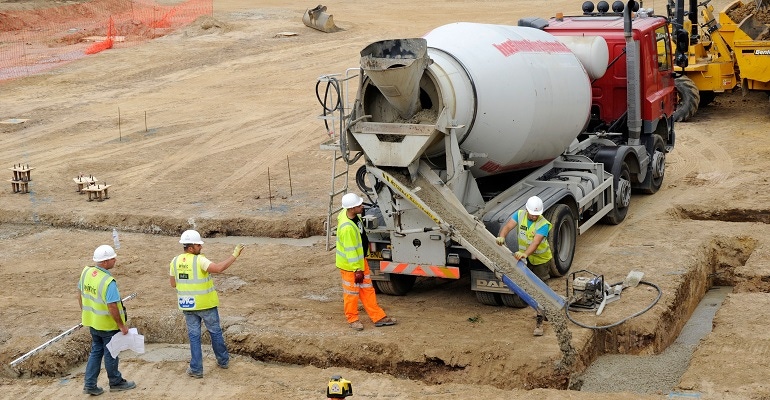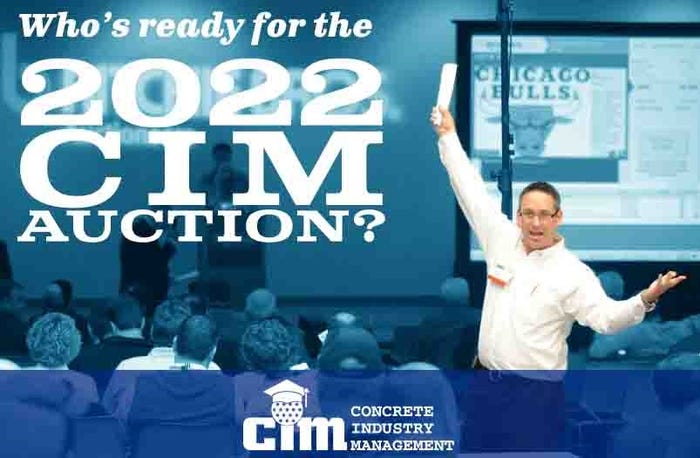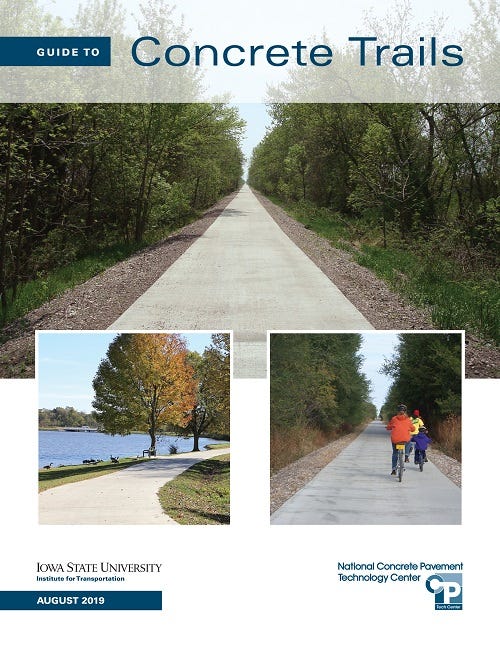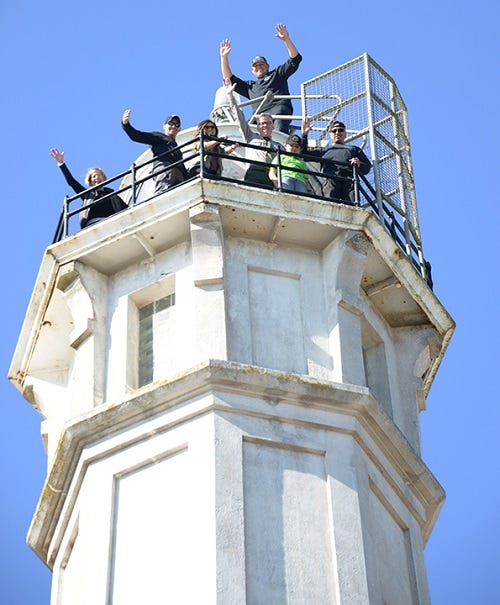Research (and Training) That Matters, Part 2
As the RMC Research & Education Foundation celebrates its 30th anniversary, we will look at its contributions in four industry aspects: concrete applications; recruitment, education & training; sustainability; and health & safety. In Part Two, we look at what the Foundation is doing to recruit and train the industry’s workforce.
October 25, 2021

Attracting and retaining talented, motivated workers has always been a challenge for the concrete industry—and it has gotten much worse. The shortage extends from end to end and top to bottom—designers, chemists, sales staff, ready-mix technicians, truck drivers, construction foremen, and craft workers—all are in short supply. The Associated Builders and Contractors projects that construction businesses will need to hire 430,000 workers this year and 1 million more over the next two years to keep up. Over a third (35%) of construction companies report turning down work due to skilled labor shortages, according to the U.S. Chamber of Commerce.
But the RMC Research & Education Foundation (RMCREF) has many products and programs designed to help alleviate some of these shortages, from concrete mixer truck drivers to management. To further that goal, in September 2021, the RMCREF created the Robert P. Turner Center for Professional Excellence, an endowed fund specifically for education and recruitment. The Center is dedicated to the memory of Bob Turner, a passionate supporter of the Foundation and someone who believed strongly in recruiting, cultivating, and investing in good people.
Drivers
Most people who see a “cement mixer” driving on the road would think, there’s something I could never do and would never want to do. But through a series of videos, billboards, and radio spots, the RMCREF shows that, while challenging, driving a concrete mixer truck is a highly professional and respected occupation and is the ultimate for a truck driver. “Of the two million truck drivers in the U.S, only 4% are concrete mixer truck drivers,” notes the radio ad. “If you take pride in building a better community, this could be the job you’ve been looking for.” This recruitment effort has paid big dividends.
Once on board, RMCREF has developed a series of training videos to complement the comprehensive Concrete Delivery Professional (CDP) program administered through the National Ready Mixed Concrete Association (NRMCA). This program gives concrete producers a competitive advantage by assuring their contractor customers that they can expect the highest level of professionalism. The Foundation has also translated the CDP program materials into Spanish.

Sales and Management Professionals
The Concrete Industry Management (CIM) program, with funding and fund-raising assistance from the RMCREF, has brought more than 1300 professionals into the concrete industry over the past 25 years. There are currently nearly 500 students working towards a four-year Bachelor of Science degree at five universities: Middle Tennessee State University (MTSU), California State University – Chico, Texas State University, New Jersey Institute of Technology, and the newest program at South Dakota State University. An executive MBA program is also being conducted by MTSU.
The CIM program is unique in almost any U.S. industry in that it is supported by the concrete industry as a whole. Sponsors include industry associations, suppliers, and contractors. There is also funding provided to each of the individual schools through patron groups composed of local, state, and regional concrete industry producers, suppliers, contractors, and professional organizations. The RMCREF also helps to organize and administer the annual auction at the World of Concrete, which generates more than $1 million each year from the sale of donated equipment, tools, and other items from industry members. This money is used to fund student scholarships.
A very high percentage (around 80%) of the students who graduate from the CIM program remain in the concrete industry, partially due to the exposure they have to the industry during their four years. Students are required to intern with a concrete-related business during their last two summers and they also meet many local industry members through patron-group socials and trips to industry meetings, including the World of Concrete.
RMCREF has also been instrumental in the development of many training resources for ready-mixed concrete plant personnel. These include supervisors, plant managers, financial managers, plant operators, and sales managers. The Ready-Mixed Concrete Plant Manager course leads to potential certification through NRMCA and covers product knowledge, environmental issues, safety, business principles, and operational skills.

Designers
To support NRMCA’s promotion of concrete pavements, the RMCREF has developed two design and construction guides to assist designers so that they are more likely to select concrete. The Guide to Concrete Overlays of Asphalt Parking Lots provides information and guidance in assessing the integrity of the existing pavement, selecting project candidates, pavement design principles and design life, managing parking lot drainage, and dealing with entry evaluations of adjacent buildings.
More communities are embracing recreational trails; to support that effort the RMCREF, in collaboration with the National Concrete Pavement Technology Center, has published the Guide to Concrete Trails, which provides background, details, and information about the entire process of installing a concrete trail.

Construction
The RMCREF provides support for the Concrete Preservation Institute (CPI), which provides training and education in historic preservation, stewardship, repair, and research of concrete cultural resources. Their participants include CIM students, other college students, local high school graduates, and post-9/11 military veterans. Although the experience is inspiring and potentially life-changing for all participants, military veterans tend to identify particularly well with the experience and the experience helps them find their path forward after their time in the military ends. CPI partners with the National Park Service (NPS), the Golden Gate National Park Conservancy (Conservancy), local communities, and concrete, construction, and other industries to make its programs available in three 12-week sessions each year. In addition to advancing concrete repair and preservation on a broad scale, CPI focuses on providing youth mentorship through community-based learning projects and helping young adult participants develop into future leaders or valued vocational employees, engaged park stewards, and responsible citizens.
Proper placement of pervious concrete is vital for its success. That’s why the Foundation funded the development of the Craftsman Text for NRMCA’s Pervious Concrete Contractor Certification. This book serves as the primary training tool to support a comprehensive certification for those who place pervious concrete.
All of this is only a small sample of the tools developed over the past 30 years by the RMC Education & Research Foundation for concrete applications. Today, the Foundation administers a $27 million endowment that seeds innovation across the industry. Contributions to the RMC Research & Education Foundation support research and educational programs to improve and advance the concrete industry. As a 501 (c) 3 non-profit organization, contributions to the Foundation are fully tax deductible. To learn more about how to become a supporter, click here.
You May Also Like


